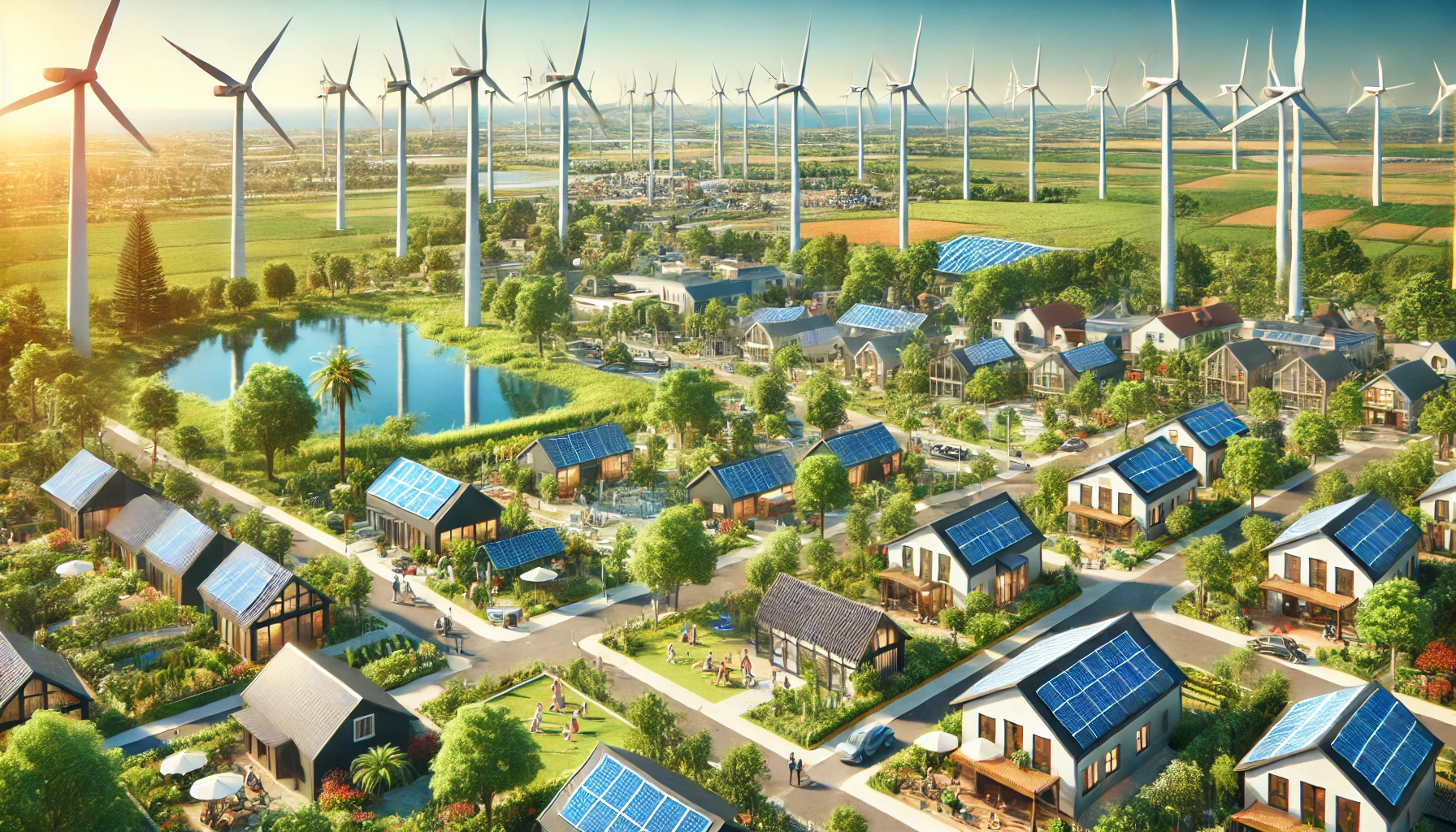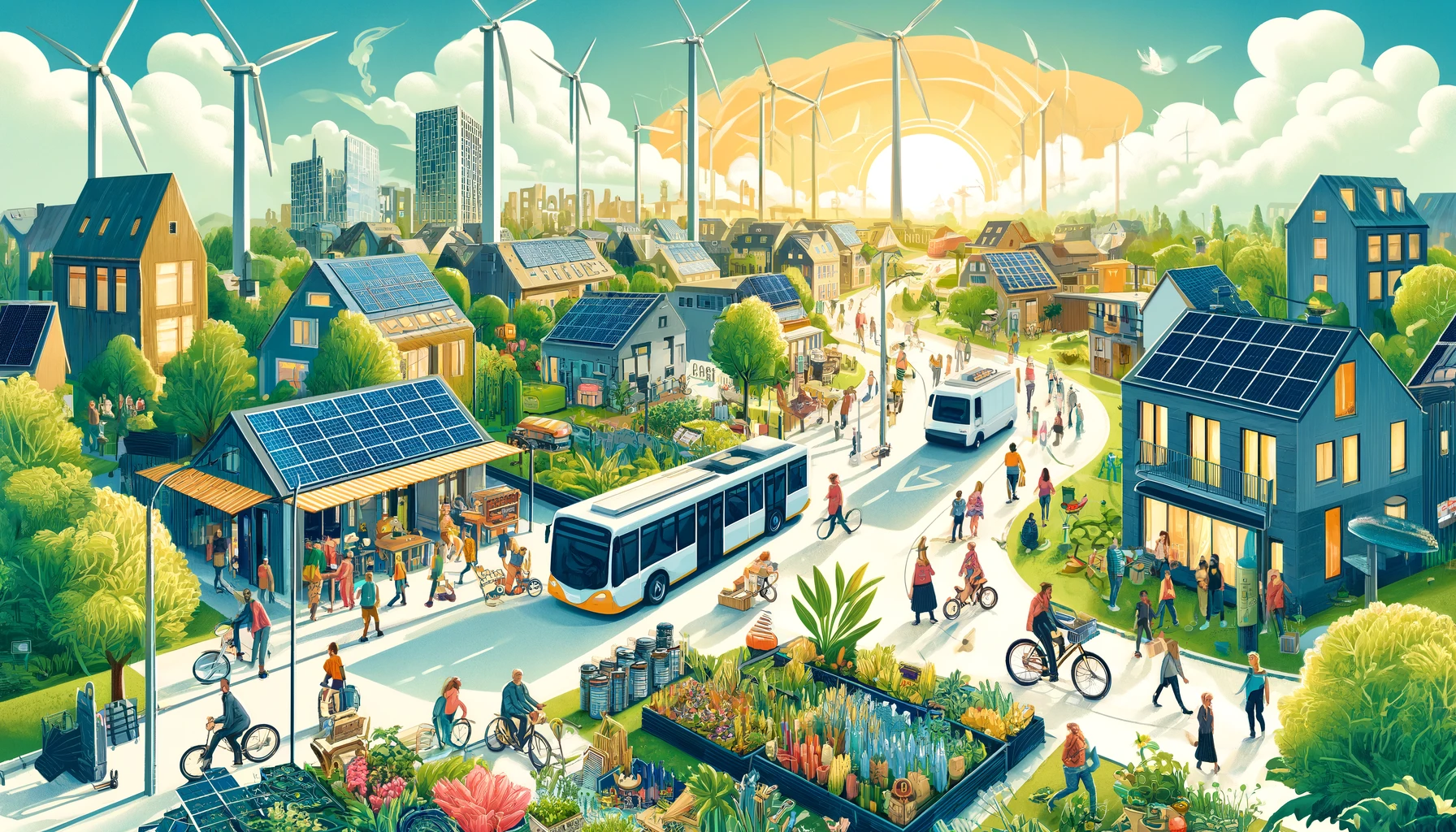As the world grapples with the challenges of climate change and environmental degradation, the concept of sustainable homes has emerged as a beacon of hope for both homeowners and the planet. Sustainable homes prioritize energy efficiency, resource conservation, and eco-friendly building materials, creating living spaces that not only minimize environmental impact but also enhance the quality of life for their inhabitants. This article delves into the key elements that define sustainable homes, exploring innovative design practices and technologies that are shaping the future of residential living.
From the integration of renewable energy sources such as solar panels to the use of biodegradable materials, sustainable homes are redefining what it means to live in harmony with nature. By adopting sustainable practices in construction and daily living, homeowners can significantly reduce their carbon footprints while enjoying cost savings and improved health benefits. Join us as we explore the principles of sustainable living and highlight inspiring examples of homes that serve as models for a more environmentally conscious lifestyle.
Innovative Design Practices
Sustainable homes are characterized by innovative design practices that prioritize both functionality and environmental stewardship. One key aspect is the use of passive solar design, which maximizes natural light and heat from the sun, reducing reliance on artificial lighting and heating systems. Additionally, efficient insulation and high-performance windows contribute to maintaining comfortable indoor temperatures year-round, thereby decreasing energy consumption. The incorporation of green roofs and walls can further enhance the energy efficiency of homes while promoting biodiversity and improving air quality. Such designs not only cater to energy efficiency but also create aesthetically pleasing environments that foster a greater connection to nature. For examples of how eco-friendly communities are shaping the future of sustainable living, visit https://luxurylifestyle.com/headlines/why-eco-friendly-communities-like-windriver-are-the-future-of-sustainable-homes.html.

Resource Conservation Techniques
Resource conservation is another essential component of sustainable homes, deeply influencing the choice of building materials and construction methods. Homeowners are increasingly opting for reclaimed, recycled, or locally sourced materials that reduce environmental impact while supporting local economies. Water conservation systems such as rainwater harvesting and greywater recycling not only diminish the demand for municipal water supplies but also promote responsible water usage within households. In addition, energy-efficient appliances and smart home technology play a crucial role in minimizing resource consumption. By embracing these techniques, homeowners create not only sustainable living spaces but also engage in a lifestyle that prioritizes the well-being of the planet and its future.
In conclusion, sustainable homes embody a holistic approach to living that harmonizes the needs of individuals with the health of our planet. By integrating innovative design practices and resource conservation techniques, these dwellings offer a pathway towards reducing ecological footprints while enhancing the daily lives of their inhabitants. The shift towards sustainability in home construction and design reflects a growing awareness of our collective responsibility to future generations and the ecosystems we inhabit. As we continue to explore and adopt these principles, the vision of a world filled with environmentally conscious homes becomes increasingly attainable, inspiring communities to thrive in a manner that respects and nurtures the natural world around us.

